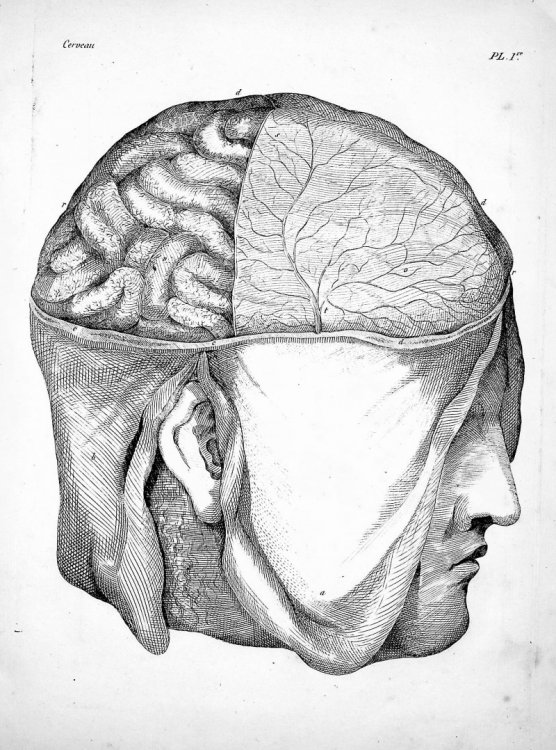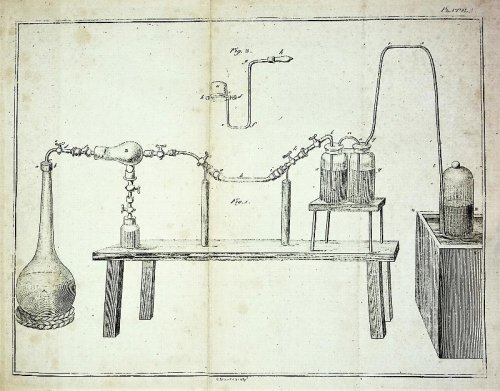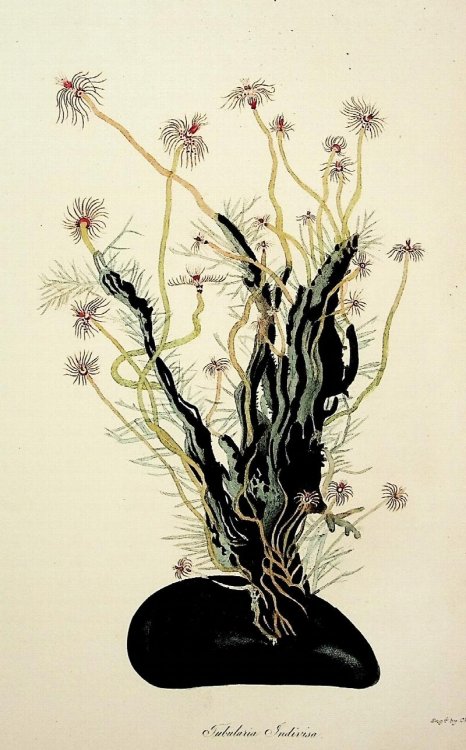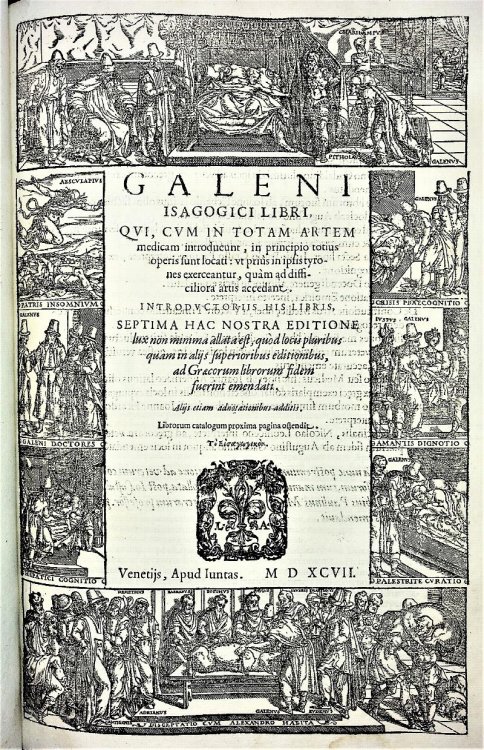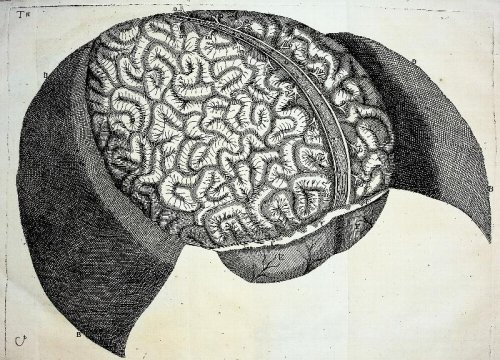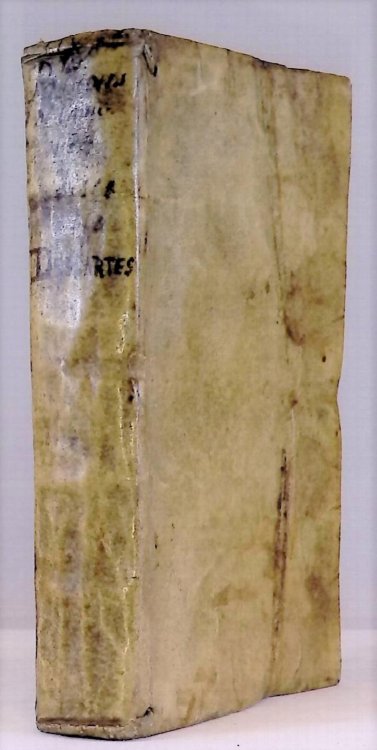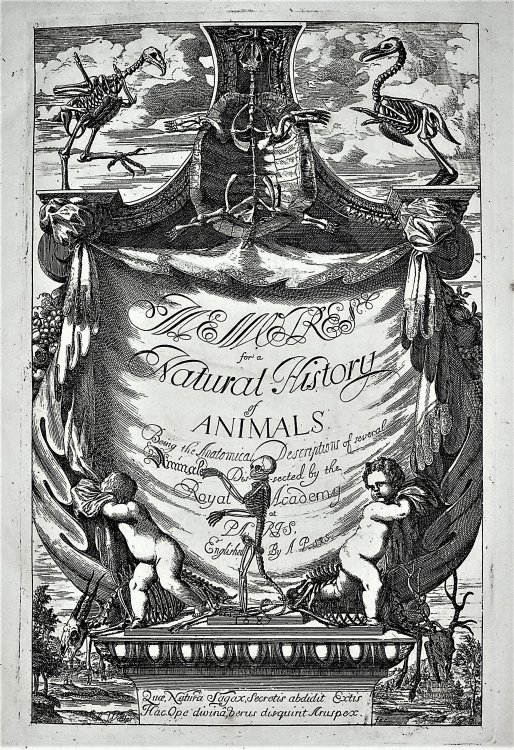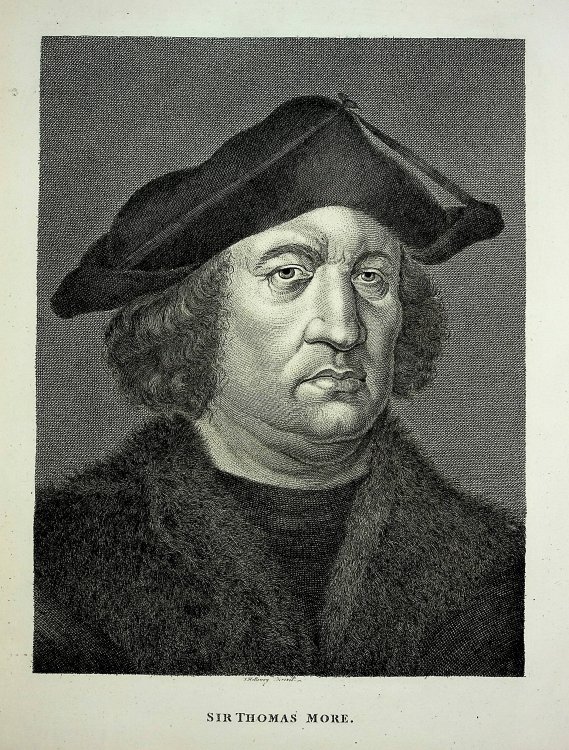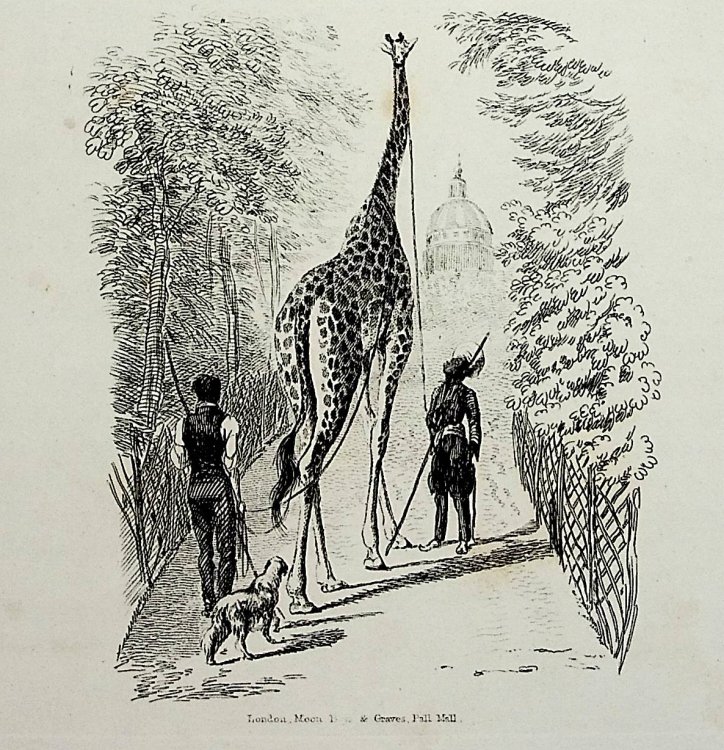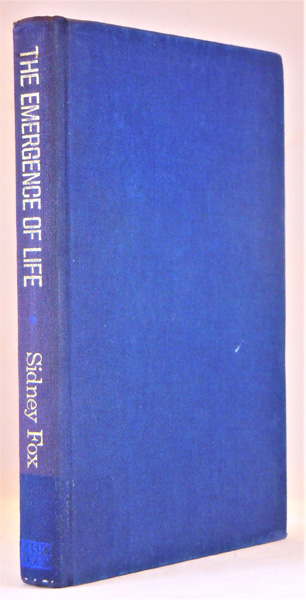
The Emergence of Life. Darwinian Evolution from the Inside
$10.00 USD • Used
1988 PIONEER MONOGRAPH ON THE ORIGIN OF LIFE--THE STORY THAT DARWIN DID NOT INCLUDE IN THE ORIGIN OF SPECIES. 8 1/2 inches tall hardcover, black cloth binding, gilt title to spine, ix, 208 pp, ill...
1988 PIONEER MONOGRAPH ON THE ORIGIN OF LIFE--THE STORY THAT DARWIN DID NOT INCLUDE IN THE ORIGIN OF SPECIES. 8 1/2 inches tall hardcover, black cloth binding, gilt title to spine, ix, 208 pp, illustrations; handstamp to bottom edge, institutional bookplate to front paste-down, withdrawn handstamp across title page and back paste-down. Good. CITED BY HOLLAR (1992): Fox, the eminent theoretical evolutionary scientist, presents the intricate principles behind evolutionary change. He describes the physical and chemical evolution of the universe and of life. He discusses important processes such as entropy disorder), mutation, and speciation in a light that is quite different from the usual ntroduction to evolution. The emphasis in this book, as in other Fox works, is the self-organization of living molecules, cells, and living organisms during the iistory of life on earth. Tiie booK opens up one's mind to new ways of looking it life. SIDNEY WALTER FOX (1912 - 1998) was a Los Angeles-born biochemist responsible for discoveries on the origins of life. Fox explored the synthesis of amino acids from inorganic molecules, the synthesis of proteinous amino acids and amino acid polymers called proteinoids from inorganic molecules and thermal energy, and created what he thought was the world's first protocell out of proteinoids and water. He called these globules microspheres. Fox believed in spontaneous generation of life and suggested that his experiments possessed conditions that were similar to those of primordial Earth. In his experiments, he demonstrated that it is possible to create protein-like structures from inorganic molecules and thermal energy. Dr. Fox went on to create microspheres that he said closely resembled bacterial cells and concluded that they could be similar to the earliest forms of life or protocells. 9 Years before his death, Fox underwent quintuple bypass surgery and was in a coma for 13 weeks. He survived without any major impairment and carried on with his career. Dr. Fox continued working as a professor up into his eighties. Fox based his experiments off of the information found in the Miller-Urey experiment. The Miller-Urey experiment was performed by scientist Stanley Miller under the guidance of Harold Urey in the early 1950s. In the Miller-Urey experiment, water was boiled in a flask with the gases hydrogen, ammonia, and methane. The gases flowed through the apparatus past two electrodes that produced an electrical charge that acted as the lightning that would have been in the atmosphere before life on Earth. When the gases condensed after being cooled down, they fell back into the boiling flask. What Stanley Miller found in the flask when he observed the water were acids and amino acids. Amino acids are the necessary building block molecules for proteins. Stanley Miller and Harold Urey's experiment suggests that life formed from the presence of inorganic molecules, water, and electrical charge. These conditions are assumed to be similar to those of primordial earth. In 1964, Fox and Kaoru Harada performed an experiment yielding similar results. In this experiment, methane flowed through a concentrated solution of ammonium hydroxide and then into a hot tube containing silica sand at about 1000C. Fox indicated that silica gel, volcanic lava, and alumina could be used in place of silica sand. The gas was then absorbed in cold, aqueous ammonia. The result was twelve protein-like amino acids: aspartic acid, glutamic acid, glycine, alanine, valine, leucine, isoleucine, serine, threonine, proline, tyrosine, and phenylalanine.
Product Info
Publisher: Basic Books
Year: 1988
Type: Used
Binding: Softcover
First Edition
Seller Info
BiomedRareBooksLLCABAAILABIOBA
Address: P.O. Box 193 North Garden, Virginia
Website: https://www.biomedrarebooks.com
Country: United States
